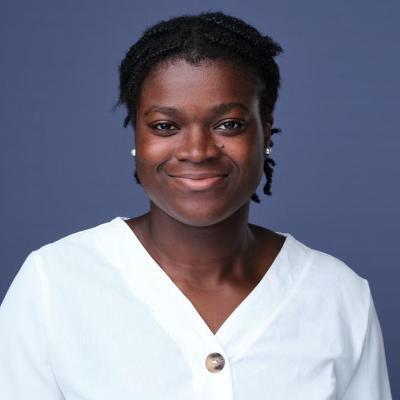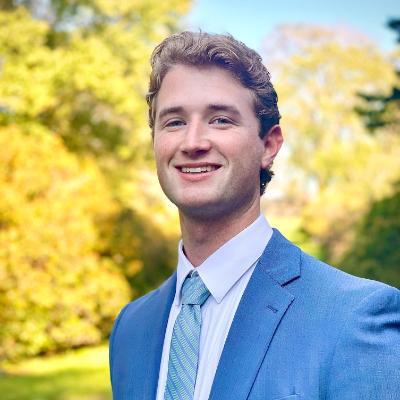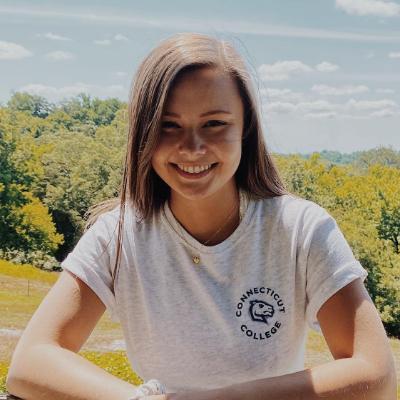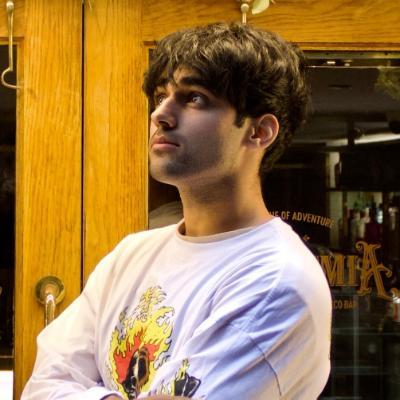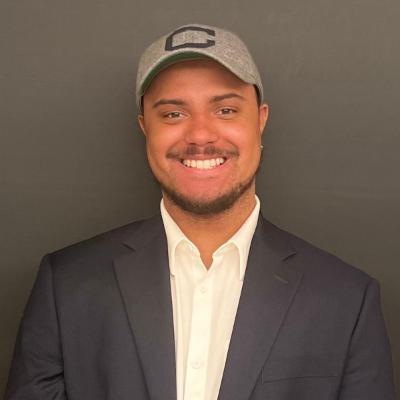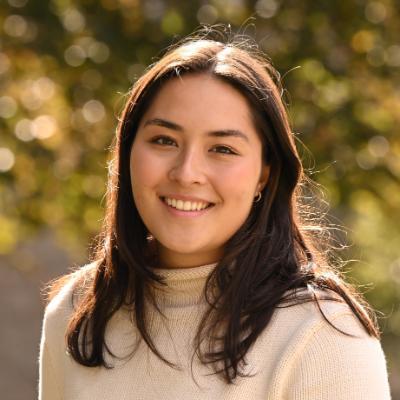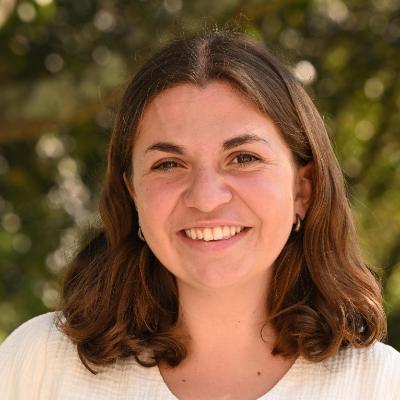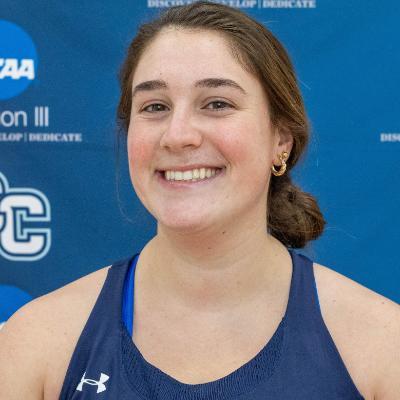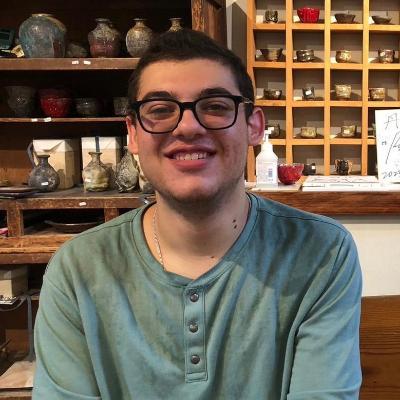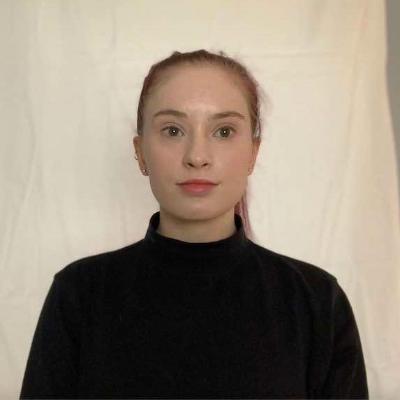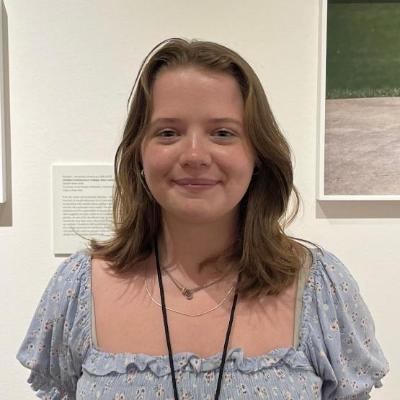Serena, a government and Africana studies double major and Posse scholar from the Bronx, New York, says she joined the Holleran Center for Community Action and Public Policy because she was excited by the program’s focus on the power of communities and its emphasis on critical critiques of policies that reinforce inequality.
“Through the Holleran Center, I have explored what a career in public service looks like and the many branching paths that are open to me,” Serena said. “I have been fortunate enough to lead the Genesis Mentoring Program, intern at the New London Homeless Hospitality Center, and volunteer with various organizations globally and locally. I have been able to secure grant funding, conduct lesson planning, teach, mentor, and even research the impact of residential inequity on youth homelessness in New London.”
Serena says she took an eye-opening course, “Black Freedom Struggle,” with Professor Taylor Desloge, in which she learned about and studied centuries of Black resistance and freedom efforts in America and began to consider her own place in the broader struggle. In the spring of 2023, she was a Teach For America Remote Ignite Fellow, which gave her the opportunity to design and implement tailored lesson plans focused on reading and foundational literacy skills for a diverse group of third graders with various learning challenges. Over the summer, she interned with the Sasamani Foundation in Bagamoyo, Tanzania, where she worked to empower young girls and impoverished students in the coastal region through mentoring and in-class educational support.
Those experiences led her to hone in on her animating question: How can we reimagine education through the lens of Black political Resistance?
“My Symposium topic, which focuses on the intersections of race, class, and education, derives from my own life experiences and my majors in African studies and government. The Holleran Center, ultimately, gave me an opportunity to tie all my interests together into a Senior Integrative Project/Independent Study where I am observing the racial oppression of Black people in the form of segregation and how this has impacted the socioeconomic and educational outcomes of Black Americans. I am also able to focus on the grassroots and political initiatives Black Americans employed to resist the mix of racism and classism as frameworks for how we can now reimagine what progressive education reform can look like today,” she said. “I hope that the audience leaves truly moved by the remarkable Black organizing in the face of racism and classism as well as inspired to continue the fight for equitable and progressive change.”
In September, Serena had the opportunity to present an early version of her project at “Black Resistance,” the 108th annual conference of the Association for the Study of African American Life and History in Jacksonville, Florida.
“I received so much helpful feedback that has helped me to continue constructing my project,” she said. “It was also truly soul-stirring to be part of Black resistance in Florida with a conference that I am currently studying as a marker of powerful Black organizing in education.”
After graduation, Serena, who serves on campus as a Connections student ambassador, Student Government Association chair of academic affairs, a Race and Ethnicity Programs fellow, and a Holleran Center fellow, plans to pursue a Ph.D. to continue studying African American history and Black studies.
